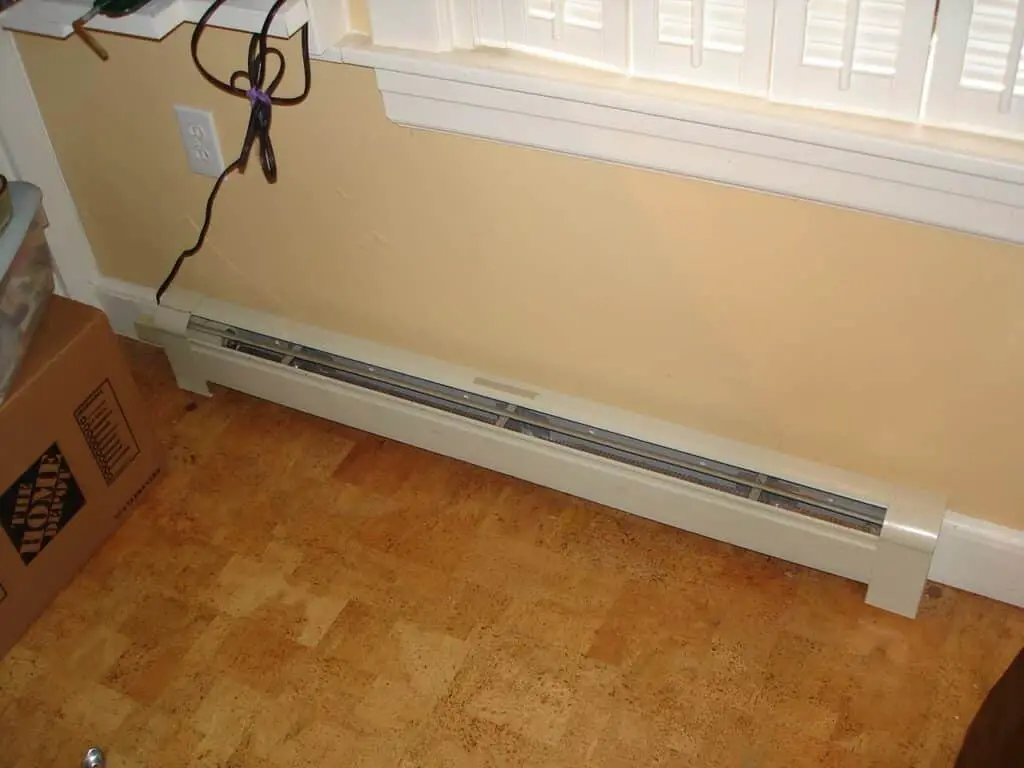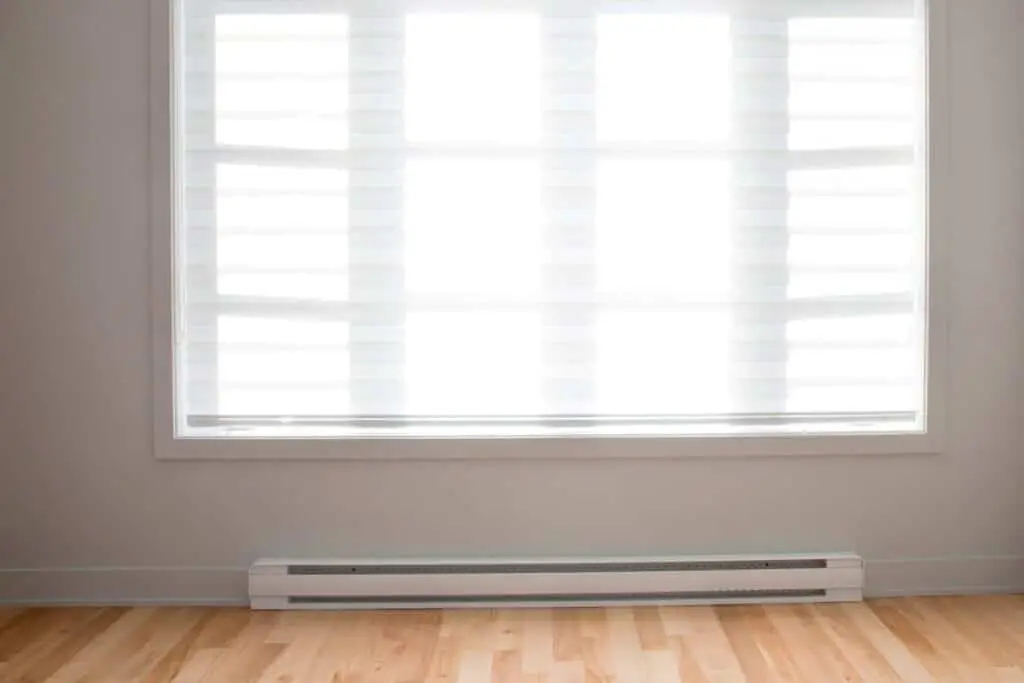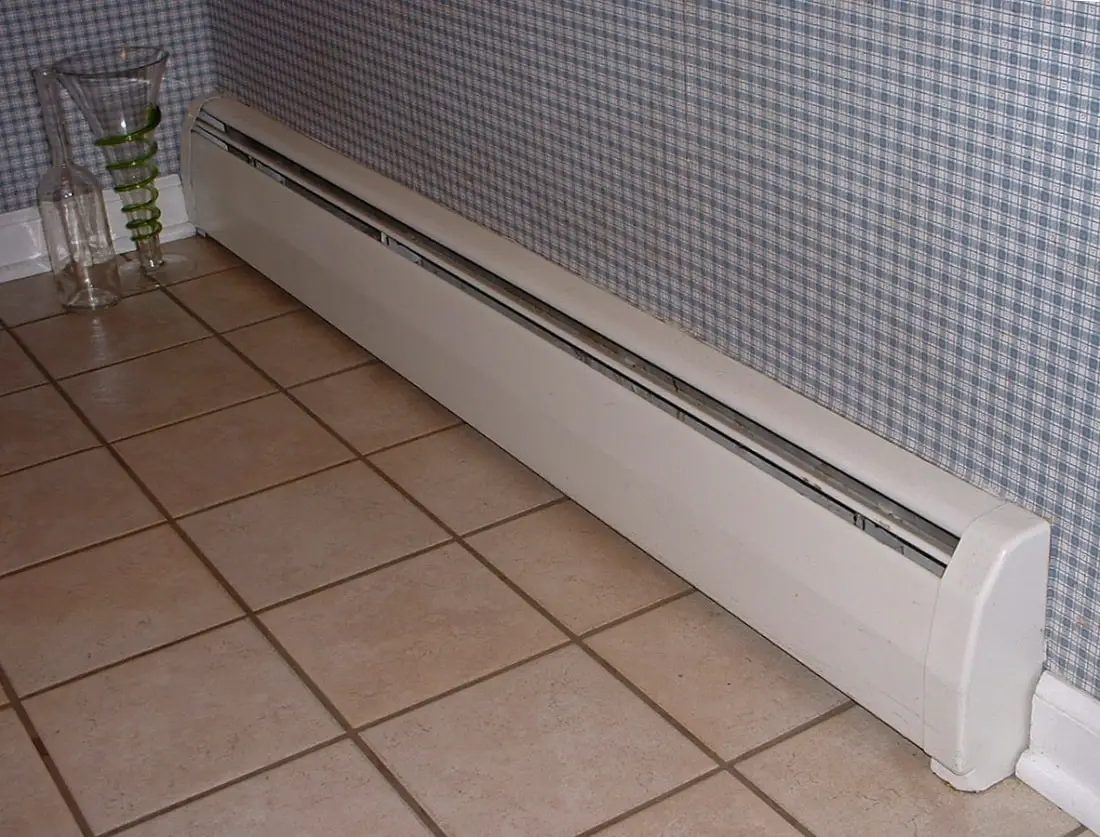Which Location Is The Best For Installing Electric Baseboard Heaters
Introduction
Which Location Is The Best For Installing Electric Baseboard Heaters: When it comes to heating your home, electric baseboard heaters can be a cost-effective and efficient option. These heaters are easy to install and provide a reliable source of heat throughout the colder months. However, one important consideration when installing electric baseboard heaters is the location. Choosing the right location for your heaters can make a significant difference in their performance and effectiveness.
The location of your electric baseboard heaters should be strategically chosen to ensure that heat is evenly distributed throughout the space. This means placing heaters in areas where heat loss is most likely to occur, such as near windows, doors, and exterior walls. By doing so, you can minimize heat loss and maximize the efficiency of your heaters.
You should consider the specific needs and requirements of each room in your home. Different rooms may have different heating needs, depending on factors such as size, insulation, and usage. For example, larger rooms may require multiple heaters or larger units to adequately heat the space. Additionally, rooms that are frequently used or occupied, such as living rooms or bedrooms, may benefit from having heaters installed in close proximity to seating or sleeping areas.
Safety aspects of installing electric choose baseboard heaters. These heaters can become hot to the touch, so it is crucial to keep them away from flammable materials such as curtains, furniture, or rugs. Additionally, heaters should be installed in areas where they are not easily accessible to children or pets. By considering these safety precautions, you can ensure that your electric baseboard heaters are installed in a location that is both effective and safe.

Where should electric baseboard heaters be located?
The best places to put fan heaters are on the inside walls and under the frames of windows. The outside walls can have fan heaters and the inside walls can have borders. If you put the heater next to a door, make sure the door can open well.
For more heat, put electric floor heaters in your bedrooms, living rooms, and office. Heaters placed along outdoor walls or under windows can fight cold breezes. Where you put a heater affects how well and how efficiently it works.
When putting in electric floor heaters, the size of the room is important. To heat large areas evenly, you might need more than one heater. Putting heaters on opposite walls will help the room breathe and keep you from getting cold. The mounting height also has an effect on how well the heater works. Place them at a height that lets air move and heat spread.
Furniture and other things that go with heaters are also important. Keep the area around the heater clean to keep fires from starting. To keep things from getting too hot, keep curtains and chairs away from the heater. Also, there shouldn’t be any air or things that block heat in the heater.
Put heaters under the windows in places with a lot of them. This helps keep drafts from cold air coming in through the windows. Heating under windows brings in warm air and keeps out cold air, making the room more comfortable.
Where should electric heaters be placed?
It works best to put heaters under windows. Flat, longer wall strip panel heaters can be used where there isn’t room for a panel warmer. Heaters under windows warm up cold air coming in through the windows, keeping the floors from getting drafty.
Several things affect how an electric heater is installed. Where you put an electric heater affects how well and how efficiently it works. Putting an electric heater in the right place is very important for its safety and performance.
Look at the room’s size and layout before you buy an electric heater. Just put the heater in the middle of the room so that the heat works all over. To save heat, don’t put the heater near doors or windows. The heater is less likely to catch fire if it is kept away from furniture and curtains.
Second, figure out how much power and electricity the electric heater needs. For easy use, the heater should be close to a power port. The heater needs to be plugged in to get power. If you plug the heater into a circuit that is already full, problems may arise.
Third, a safe place to put an electric heater. Put the heater on a flat area to keep it from falling over. To avoid fires, keep drinks and things that can catch on fire away from the heater. The heater also shouldn’t be put somewhere where a lot of people walk by and it could fall.
Lastly, the type of electric heater is important. On the floor and wall, different lamps work. For heating models, you must follow the manufacturer’s directions for installation. Safety is guaranteed, and the heater works well.
What type of thermostat is typically used with electric baseboard heaters?
Electric floor heaters are controlled by line or high voltage thermostats. Line voltage heaters control loads that use 120V or 240V.
A certain thermostat controls the temperature in electric floor heaters. These heaters provide reliable and effective heat to both homes and businesses. Line voltage thermostats are used to manage electric floor heaters. Line voltage thermostats are made to handle the high power of electric baseboard heaters.
Most of the time, line voltage thermostats are built into circuits for baseboard heating. For easy temperature control, they are generally mounted on the wall next to the heater.
The fact that line voltage thermostats can handle high amperage loads is an important trait. Electric floor heaters can use a lot of power, especially in bigger rooms or buildings with a lot of heaters. Line voltage thermostats are made to handle these higher electrical loads, which makes sure that the heating system works safely and reliably.
Line voltage thermostats have many features and choices, and they can also handle loads with a lot of voltage and current. Users can set different temperature values for different times of the day on some thermostats that have programmable settings. Some may have sensors or timers built in to make them even more energy efficient and comfortable.
Can baseboard heaters be installed on the floor?
Many baseboard heaters can be installed directly on the floor without impeding airflow through the bottom of the heater. Heater units typically have a guard that prevents the air intake area from touching the floor.
A typical topic is whether baseboard heaters can be installed on the floor. The baseboard heater type and installation criteria determine the response.
Since baseboard heaters are put along wall baseboards, their name comes from that. These heaters attach on the wall a few inches above the floor. Warm air circulates around the space via convection. These baseboard heaters should not be installed on the floor because they obstruct airflow and diminish efficiency.
Can you install a baseboard heater on the ceiling?
Place the baseboard heater so that it is flat against the floor. You can’t mount something vertically or on the roof.
It is not safe to use ceiling floor heaters. Basboard heaters on the floor and the walls heat rooms. Putting in a ceiling baseboard heater goes against the design and could lead to problems.
Heat the floors with baseboard heaters. Because heat rises, heating doesn’t work. Since heat rises, a baseboard heater that is mounted on the roof might not heat the room. Also, ceiling floor heaters are not safe. Baseboard heaters make it warm. People who are slower or taller may touch hot walls. There may be burns or damage.
How does the size and layout of a room impact the effectiveness of electric baseboard heaters in different locations?
The size and layout of a room play a crucial role in determining the effectiveness of electric baseboard heaters in different locations. Firstly, the size of the room directly affects the heating capacity required. Larger rooms will require more powerful heaters to ensure adequate heating. On the other hand, smaller rooms may only need a single heater or even a smaller-sized unit.
The layout of the room also impacts the distribution of heat. Rooms with open layouts or high ceilings may experience heat loss due to air circulation. In such cases, it is important to strategically place the heaters to ensure even heat distribution. Placing the heaters near windows or areas with drafts can help counteract heat loss and maintain a comfortable temperature throughout the room.
Are there any specific safety considerations to keep in mind when choosing a location for electric baseboard heaters?
When choosing a location for electric baseboard heaters, there are several important safety considerations to keep in mind. First and foremost, it is crucial to ensure that the heater is installed at a safe distance from any flammable materials such as curtains, furniture, or rugs. This is because baseboard heaters can get quite hot during operation, and having flammable objects too close to them can pose a fire hazard.
Additionally, it is important to make sure that the heater is not obstructed in any way. This means avoiding placing furniture or other objects directly in front of the heater, as this can restrict airflow and potentially cause the heater to overheat. It is also important to keep the area around the heater clear of any debris or clutter, as this can also impede proper airflow and increase the risk of overheating.
Are there any local building codes or regulations that dictate where electric baseboard heaters can be installed?
Local building standards often restrict electric baseboard heater installation. These rules assure heater safety and correct operation. It is important to consult with your local building department or a licensed electrician to determine the specific requirements in your area.
Some common regulations include minimum clearance distances from combustible materials, such as furniture or curtains, to prevent fire hazards. There may also be restrictions on the placement of heaters near electrical outlets or other fixtures. Additionally, there may be requirements for proper wiring and electrical connections to ensure the heaters are installed correctly.
Failure to comply with these regulations can result in fines or other penalties, and may also void any warranties or insurance coverage. It is always best to consult with a professional to ensure that your electric baseboard heaters are installed in compliance with local codes and regulations.
After conducting extensive research and analysis, it can be concluded that the best location for installing electric baseboard heaters depends on various factors. These factors include the size and layout of the room, the insulation of the space, and the specific heating needs of the occupants. By considering these factors, individuals can make an informed decision about the most suitable location for their electric baseboard heaters.

Conclusion
One important factor to consider when determining the best location for electric baseboard heaters is the size and layout of the room. Larger rooms may require multiple heaters to ensure even heating throughout the space. Additionally, the layout of the room, such as the presence of furniture or obstructions, can impact the effectiveness of the heaters. It is important to place the heaters in a location that allows for unobstructed airflow and heat distribution.
The insulation of the space is another crucial factor to consider when deciding on the location for electric baseboard heaters. Well-insulated rooms will retain heat more effectively, requiring fewer heaters or lower wattage units. On the other hand, poorly insulated rooms may require additional heaters or higher wattage units to compensate for heat loss. By assessing the insulation of the space, individuals can determine the most efficient location for their electric baseboard heaters.
Lastly, the specific heating install needs of the occupants should be taken into account when choosing the location for electric baseboard heaters. Some individuals may prefer to have the heaters placed near seating areas or beds for maximum comfort. Others may prioritize energy efficiency and opt for a more centralized location to evenly distribute heat throughout the room. By considering the preferences and needs of the occupants, the best location for electric baseboard heaters can be determined.
The best location for installing electric baseboard heaters depends on factors such as the size and layout of the room, the insulation of the space, and the specific heating needs of the occupants. By carefully considering these factors, individuals can make an informed decision about the most suitable location for their electric baseboard heaters, ensuring optimal comfort and energy efficiency.








